FAQ
What is Hydrogen?
Hydrogen is the first element in the periodic system. It is the lightest and simplest element, composed of a single proton and an electron. It constitutes almost 70% of all the molecules in our planet.
On Earth, it usually exists in compounds in nature, like water H2O. It must be produced, by extracting it from these compounds, with various methods, for example electrolysis of water (H2O).
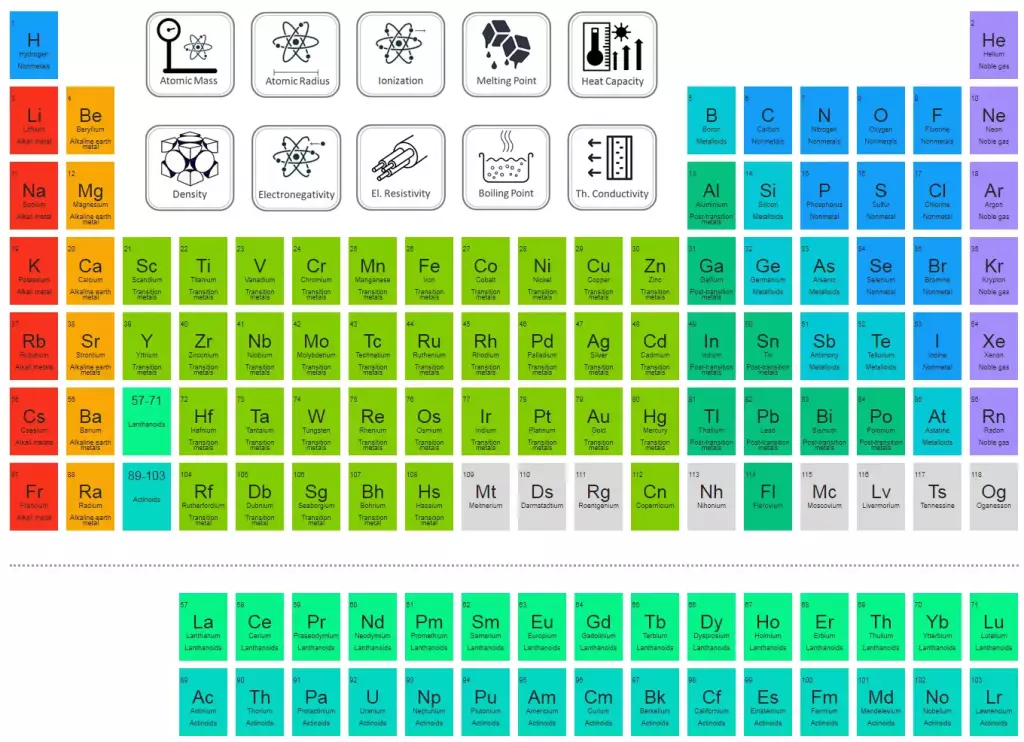
Hydrogen is the most abundant element in our planet and the universe. It is believed to be one of the three elements produced in the Big Bang. Hydrogen can be found in stars, like the sun of our solar system, which use it as fuel to produce their energy. We owe most of our planet’s energy to hydrogen, because the Sun’s nuclear fusion process converts hydrogen into helium, releasing vast amounts of energy.
Almost every living organism in our planet, including human beings, is made up of hydrogen, mainly water, protein and fat.
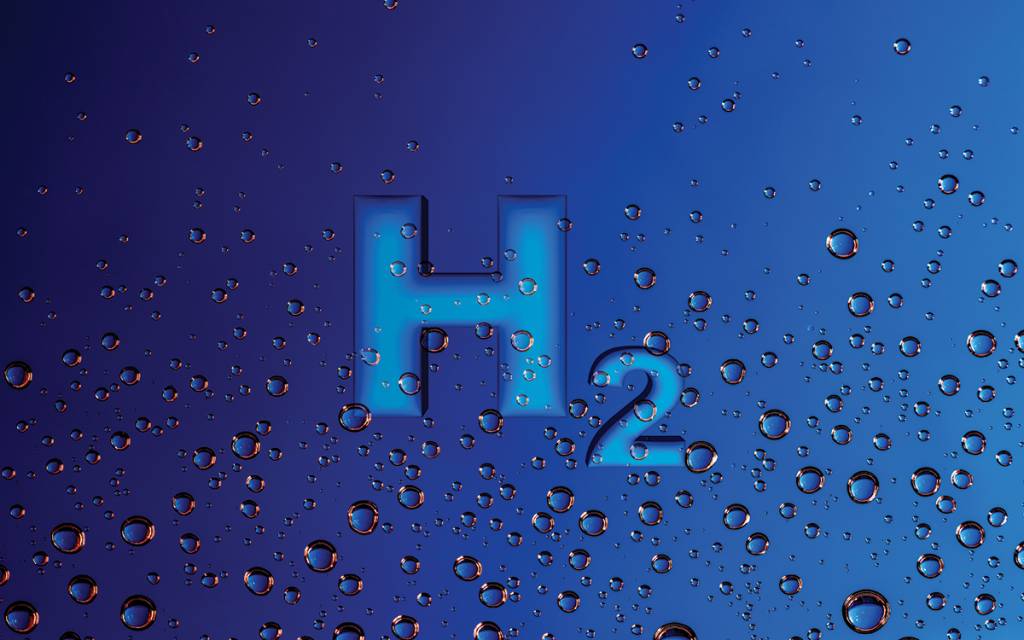
What is green hydrogen?
Green hydrogen is the hydrogen produced from renewable energies, so it is carbon free. As an example electrolysis of water powered up from solar, and/or wind energy is producing green hydrogen. Hydron systems and energy micro grids produce only green hydrogen.
Regulations in many countries, have already started mandating the production of only green hydrogen.

What are the advantages of hydrogen over other green energy platforms?
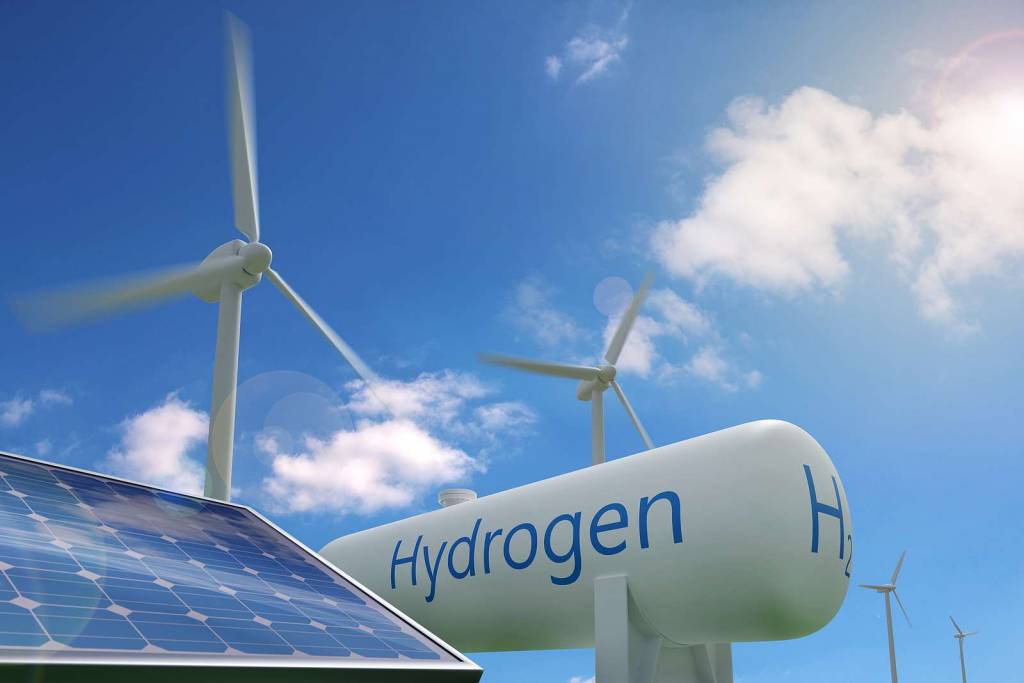
Hydrogen as energy platform has significantly superior advantages over all battery solutions in real life operations.
- Energy/Weight ratio. Comparing energy per kilogram, 1 kWh weighs 12.5 Kg when stored in batteries, and only 1.7 Kg when stored as hydrogen. This means that for equal weight, hydrogen storage contains 7.35 times more energy than battery storage, which is a very superior asset of hydrogen for mobility, whether maritime, land, or even air.
- Hydrogen is 100% environmental friendly, while batteries have to be recycled, after the end of their short life cycle. This means the establishment of new and expensive chemical factories and networks for the collection and storage of used batteries. The only byproduct of the use of hydrogen as energy platform is clean water H2O.
- Batteries have a very short life cycle. They have to be replaced often, adding 100% of this frequent cost to the energy platforms that uses them.
- Batteries loose consistently their effectiveness and capacity to store energy during their short life cycle. For example, when in their mid-life cycle their capacity to store energy eventually is quite lower comparing with their initial advertised capacity.
- Batteries are unable to operate in environments with high or low temperatures. We experience this even with batteries on combustion engine cars, with very low energy capacity, that often break during cold weather.
- Batteries are unable to store energy for long periods. They loose their stored energy, as time goes by. We can store energy in hydrogen for very long periods. This is vital advantage for areas where the solar and wind energy is available for only certain periodical cycles. As example in quite northern or southern areas, we can produce the necessary quantity of hydrogen in the summer when solar is available and use it during the rest of the year, when there is no solar available.
- Batteries need a very long time to charge and store energy. We experience this even when charging cellphones, and of course battery cars. We can produce green hydrogen through electrolysis very fast.and use stored energy immediately, e.g. we refill hydrogen cars in minutes.
- Batteries are dependent on Lithium, an element stored in certain areas in earth. This means that again energy industry and societies will be dependent on the social, economic and geopolitical stability in these areas, and keep the flow of necessary elements for the manufacturing of batteries at par with the fluctuating demand, through centralized supply networks.
- Batteries, as we explained in paragraph 1, have very low density energy. For this reason are unable to power up high energy demanding operations, as buildings, homes, ships, even buses and trucks. They are overheated with danger of fire in these cases, also. Hydrogen can power up everything and at any scale.
- Mobility and portability. Stored hydrogen can be transported within standardized and certified tanks, already available in the market. This makes easy the energy exchange and even transactions between communities and countries. Batteries are too heavy, so unable to provide transportation and exchange of considerable amounts of energy.
- Scalability. Hydrogen can scale up literally at any rate of energy production and storage. From a few Kg to tons per hour. Hydron reactors and micro grids are fully scalable. It is very difficult and limited the scalability of energy storage with batteries, as it is very tedious to connect and safely maintain them in clusters.
- Green hydrogen production through electrolysis of water is producing with the same amount of energy green oxygen, which is on high demand for medical and industrial operations. Communities with green hydrogen micro grids can store produced green oxygen in certified tanks and resell it in the free market.
In general, lithium ion batteries have been designed to power up small devices, for limited time, as cellphones, small electric tools, bikes etc. They are unable to power up the necessary huge amount of energy that our modern societies need everyday to fulfill their activities. The only green energy platform capable to do this is hydrogen.
What is green electrolysis?
Electrolysis is the electro-chemical reaction that breaks down water molecules (H2O) into gaseous hydrogen (H2) and oxygen (O2) using an electric current. Specifically, water is injected at the positive electrode (anode) where it is first broken down into oxygen, H + ions and electrons. The H + ions then migrate to the negative electrode (cathode) where they recombine with electrons to form hydrogen. The membrane is used to let protons migrate while blocking electrons to circulate them to the anode.
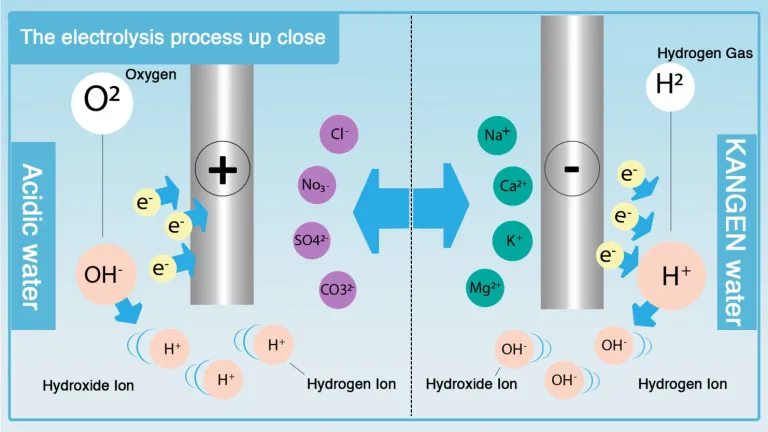
Green Electrolysis is the electrolysis that is powered up by renewable energy sources, like solar, wind, geothermal, tidal and more.
What are Hydron green hydrogen reactors?
Hydron green hydrogen autonomous reactors, currently in 2nd generation, have compact standard sizes and can be installed, practically anywhere in the world. They harvest the renewable green energy from the environment and store it in hydrogen through water green electrolysis. We design them for easy maintenance and monitoring.
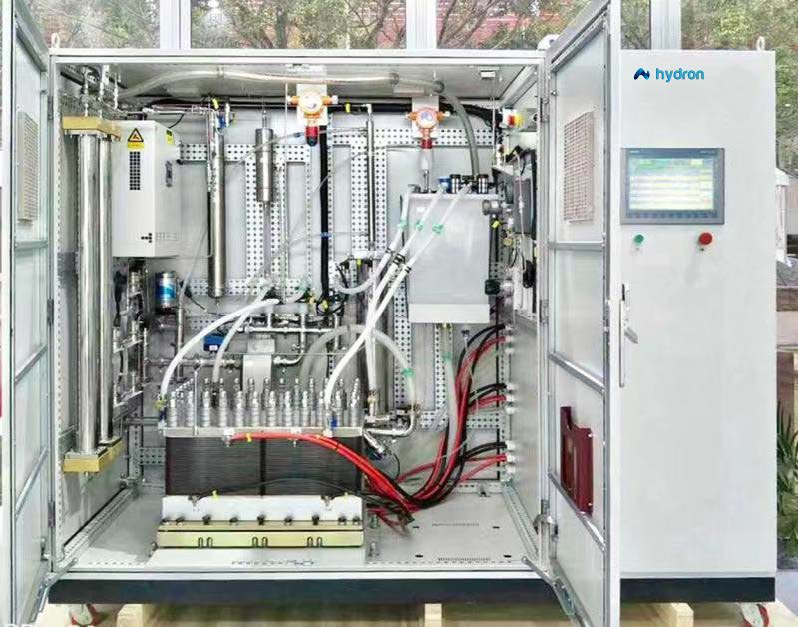
Our hydrogen reactors are empowered with our innovative PEM green electrolysis process, purification and storage technology. They need low maintenance and catch up fast with the availability with the renewable energy inputs.
The produced green hydrogen can stay stored for very long periods and can be released on demand to match 100% the fluctuations of energy demand of the connected communities.
Hydron cloud platform and its green reactors innovative Artificial Intelligence provide optimal green hydrogen production management, storage and usage operations.
Hydron green autonomous reactors provide full independence from the grid, fossil fuel and other energy grids.
What are the significant benefits of Hydron reactors?
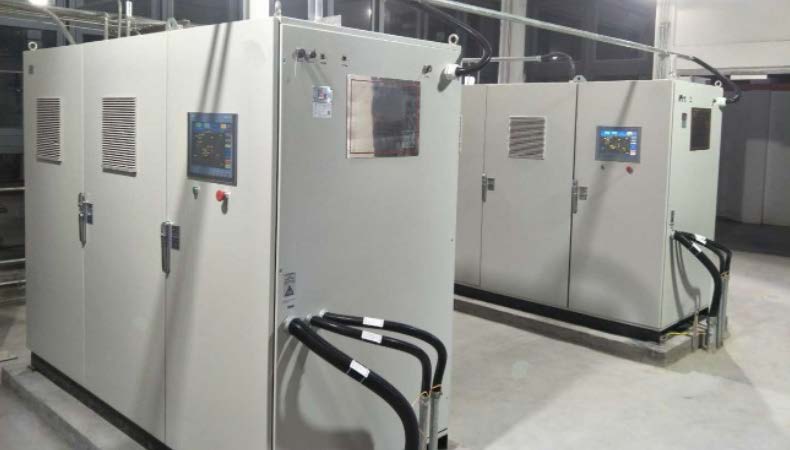
Hydron develops and produces highly innovative hydrogen reactors with distinct advantages. In particular, Hydron’s green autonomous energy reactors:
- are made of high-quality materials in standard sizes that can be used in residential, commercial, indoor, and outdoor micro grids. They can be easily shipped and installed easily practically to every location worldwide.
- are fully scalable. Multiple independent reactors can be combined to scale up the daily production.
- capable of being easily expanded or upgraded on demand. Hydron’s technology enables green project investments to begin with small budgets and gradually ramp up. This enables small communities, corporations and government organizations to benefit from the new fully green hydrogen era.
- provide maximum mobility. Multiple reactors can be installed in many micro grids, instead of establishing only one big hydrogen factories, that needs to transport the produced hydrogen. Hydron reactors are able to fully powering up micro grids of any size and bring prosperity to societies across the world.
- provide localized hydrogen production. This reduces the costs and overhead associated with capital-intensive hydrogen distribution platforms.
- use only green energy and water electrolysis to produce green hydrogen.
- produce with the same amount of energy green oxygen through water electrolysis, generating additional revenue for the micro grid.
- provide power autonomy, that protects the micro grid community from the increasingly expensive and volatile energy from the grid. Communities, corporations and governments can fully power up their economies while they are totally independent of the grid accessibility, outages, and energy crises.
- use innovative PEM technology that needs very low maintenance, due to no alkaline byproducts.
- produce hydrogen with pressure. This minimizes the cost and maintenance of the additional compressors to store the produced green hydrogen in the storage tanks.
- are very responsive to fluctuations of green energy inputs, which greatly increases their efficiency.
- provide prosperity to societies that are unable to connect with the traditional electricity, heat and fossil fuel grids, like communities in islands and highland plateaus. Hydron reactors are able to completely power up the micro grids of any communities worldwide, making them self-sufficient and environmentally fully green in terms of electricity, heat, and car fuel for hydrogen vehicles.
Hydron is also commercializing certified equipment for the storage and distribution of produced hydrogen and oxygen, as well as equipment for hydrogen fuel stations, and fuel cells and hydrogen boilers.
Energy stability and independence, on top of economic prosperity that provides, is synonymous with social stability worldwide. Energy independence protects people and communities lives from weather, geopolitical, economic, food, water and other crises, that create mass immigration waves worldwide. People with access to the energy of autonomous green micro grids are much more willing to stay, work and thrive in their country.
How much hydrogen is produced from Hydron reactors?
In general, electrolysis uses 1L of water and 5kWh of electricity to produce a “Normo cubic meter” (Nm3) of H2, or 1000 liters of H2 in the form of gas at 0°C, at atmospheric pressure.
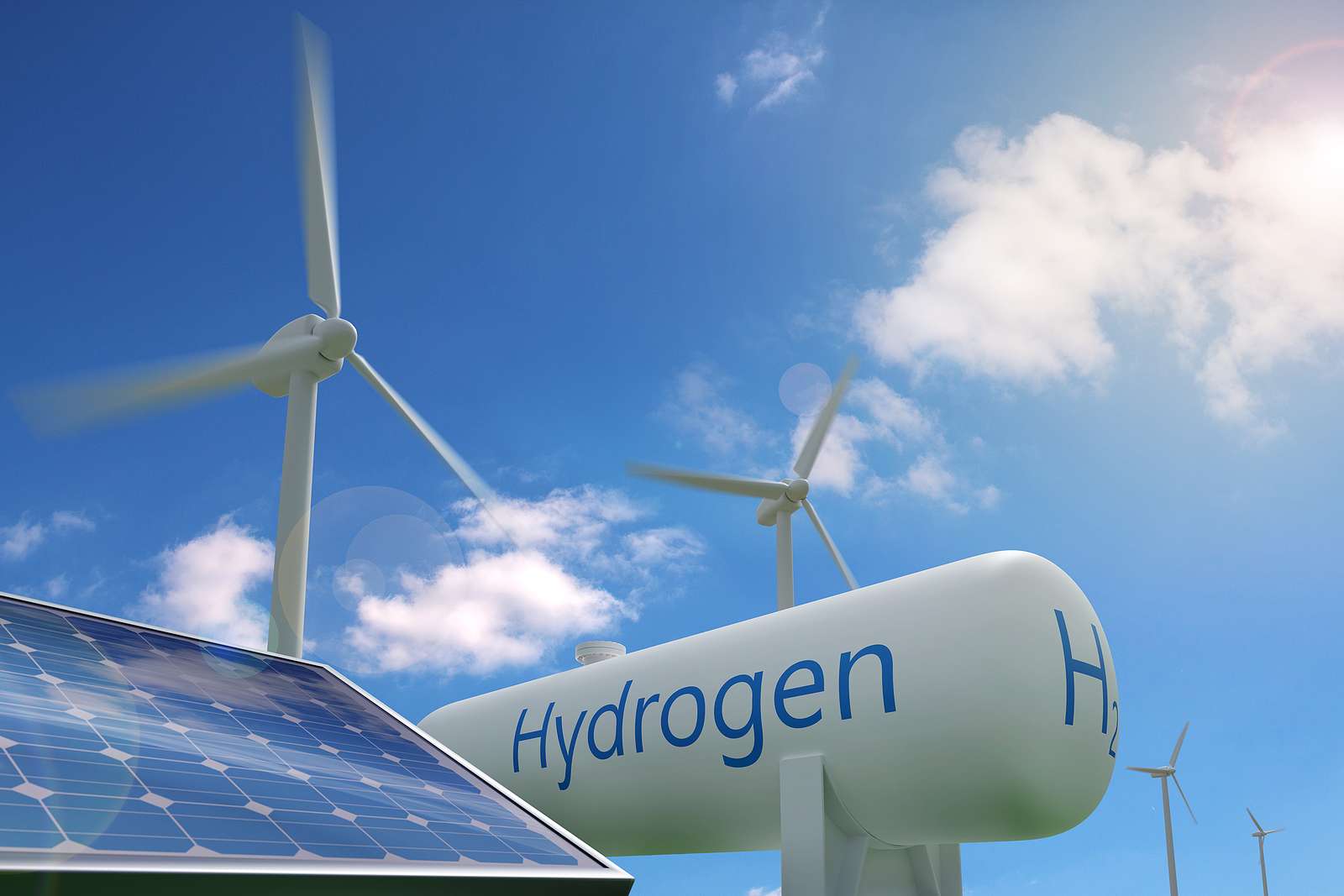
Because 1 Nm3 = 0.08988kg H2, Hydron’s green electrolysis hydrogen PEM (Proton Exchange Membrane) reactors 2.0 can achieve a production value of 56 kWh / Kg H2.
In what forms we store the produced green hydrogen?
Produced green hydrogen is a gas at normal conditions. It can be turned to liquid at -252.8˚C, and from liquid to solid at -259.2˚C. It contains up to three times more energy per unit mass than diesel, and 2.5 times more than natural gas. Its use to create energy produces almost only water.
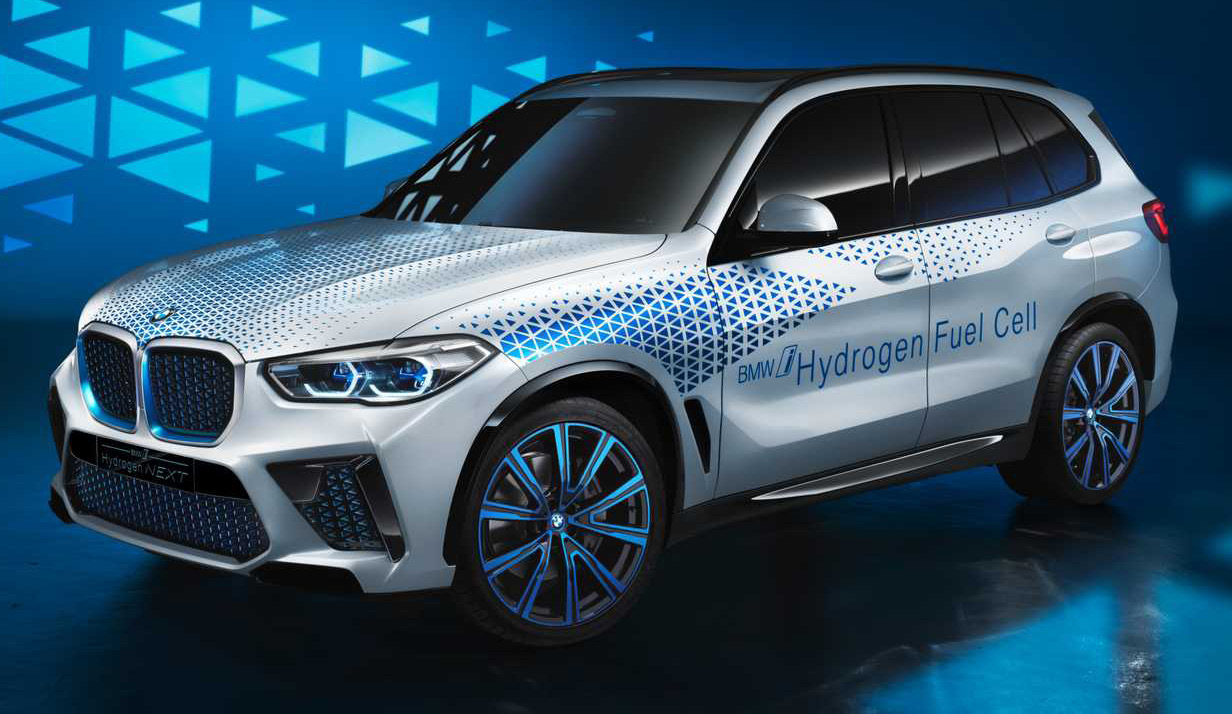
Because hydrogen is extremely light gas that occupies a large volume at atmospheric pressure, It must be stored at higher pressure levels. The tanks on buses store hydrogen at 350 bar. Hydrogen cars like the Toyota Mirai and BMW iX5, store their hydrogen at 700 bar.
How much energy does green hydrogen contain?
In terms of contained energy: 1 kg of H2 = 11 Nm3 = 13.6L of liquid H2 = 23.3L of H2 at 700 bars and contains 33 kWh of energy produced by 52 kWh of electricity. Hydron reactors yield is 63% by electrolysis before compression or liquefaction.
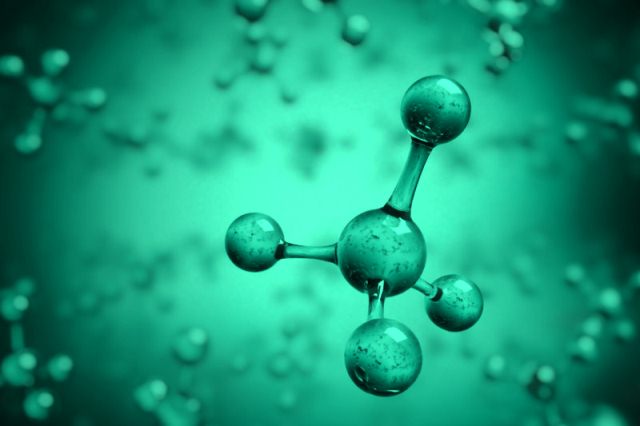
What forms of energy can green hydrogen create?
In transport, hydrogen vehicles represent a suitable alternative to meet the challenges of sustainable mobility. They only release water, have a range equivalent to a combustion vehicle and recharge quickly. In addition to the multiplication of the number of hydrogen car models, the year 2019 has been marked by the acceleration of the dynamics of the hydrogen railway with the multiplication of orders for the train, and by the growing interest of local communities for the deployment of hydrogen bus lines.

As part of an increasingly renewable future electricity mix, the hydrogen energy vector makes it possible to compensate for the intermittence of renewable energies by storing, in gaseous form, the excess electricity produced during periods of high production and low consumption (Power to Gas). The energy storage made possible by hydrogen also makes it relevant to extend the perspectives of self-consumption to the scale of a house, a building or a village.
How is used green hydrogen to create energy?
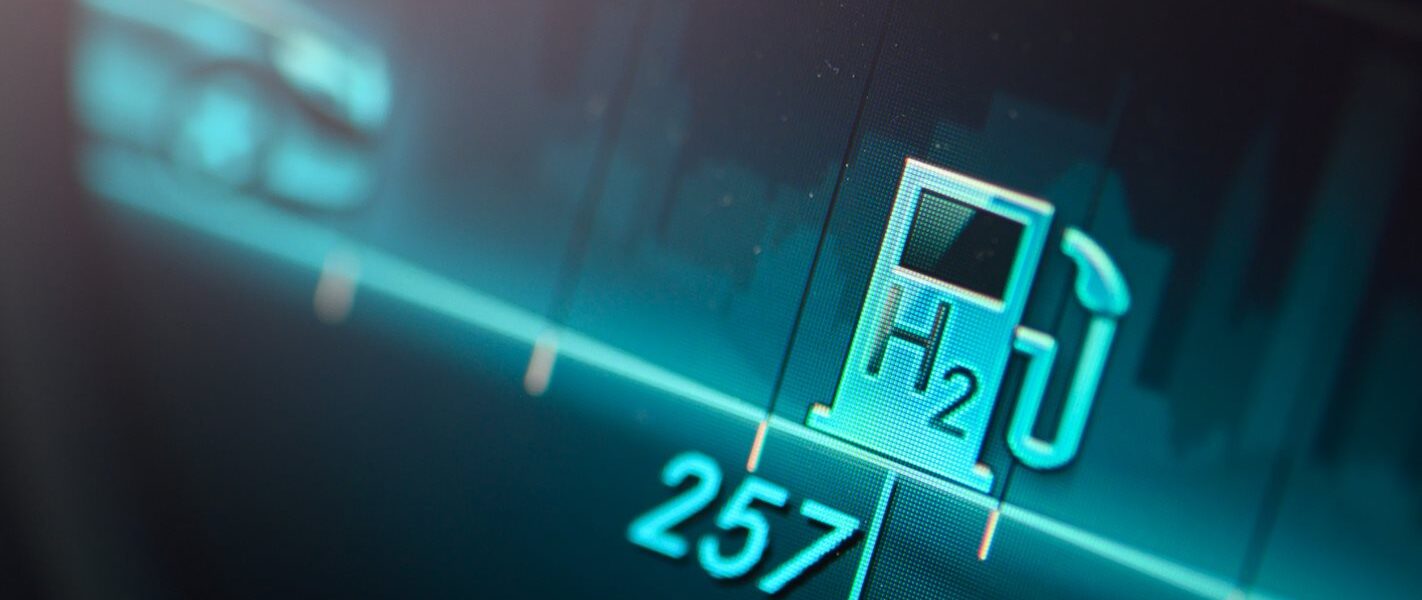
Green hydrogen, only contributes less than 1% of world production comes from the use of low-carbon or renewable energies (solar, wind, etc.). The electrolysis of water, which allows a zero carbon footprint, represented only 0.1% of global hydrogen production in 2019.
To allow the large-scale deployment of “green hydrogen”, electrolysis from a renewable energy source is one of the future undertakings , and it is clearly one of the strategies traced through the 2020 recovery plan, to make the transition to hydrogen economies.
What are the storage tanks of green hydrogen?

Green hydrogen, only contributes less than 1% of world production comes from the use of low-carbon or renewable energies (solar, wind, etc.). The electrolysis of water, which allows a zero carbon footprint, represented only 0.1% of global hydrogen production in 2019.
To allow the large-scale deployment of “green hydrogen”, electrolysis from a renewable energy source is one of the future undertakings , and it is clearly one of the strategies traced through the 2020 recovery plan, to make the transition to hydrogen economies.
What are Hydron Autonomous Green Microgrids?

Hydron Autonomous Green Microgrids consist of energy generation and storage, through the green electrolysis of water. It can power buildings, campuses, communities and more, fully autonomous and disconnected of the electric and other energy grids.
Hydron green energy Microgrids provide energy autonomy in electricity, heat and fuel for hydrogen cars. In general consist of:
- Hydron electrolysis reactors.
- Storage green hydrogen and oxygen certifies tanks
- Renewable energy solar, wind, geothermal and other systems.
- Fuel cell for the production of electricity from green hydrogen.
- Hydrogen boilers for the production of heat, from green hydrogen, for cooking, water heating, building heating and more.
- Hydrogen dispensers to fill hydrogen cars, motor bikes, and other vehicles.
- Supporting systems, like Lithium Ion batteries for low power demand. systems.
- Artificial intelligence software to monitor and optimize in real time the autonomous Microgrids,
- Water tanks.
- Air water generators for the production of drinking water from the humidity in the air.


